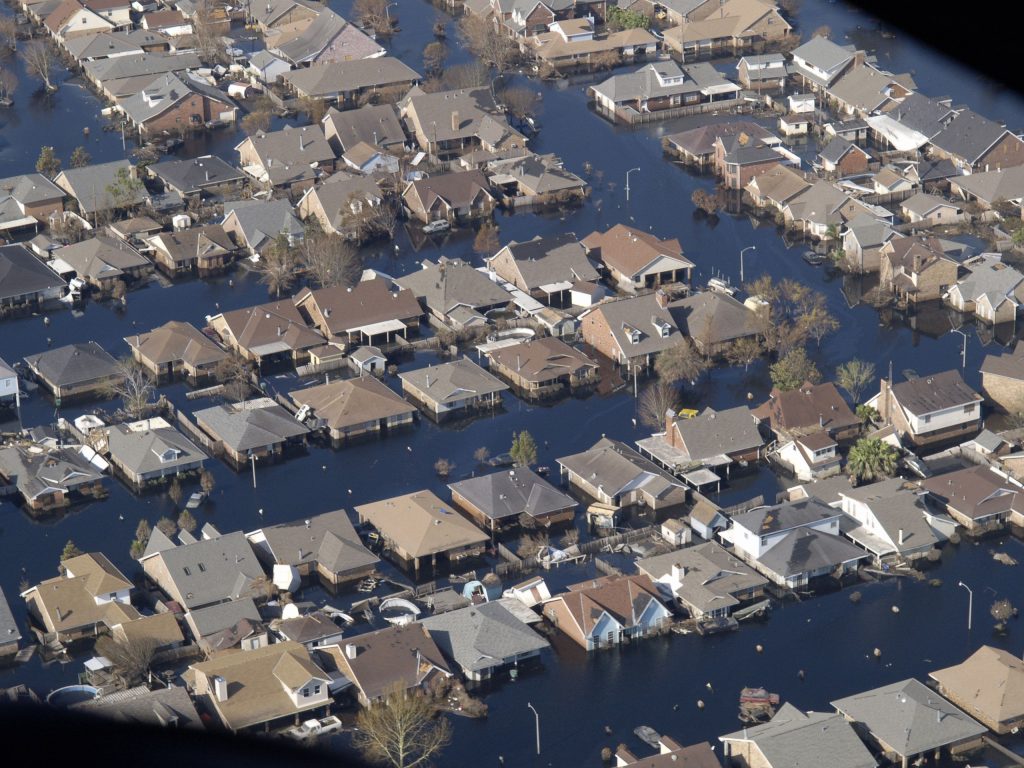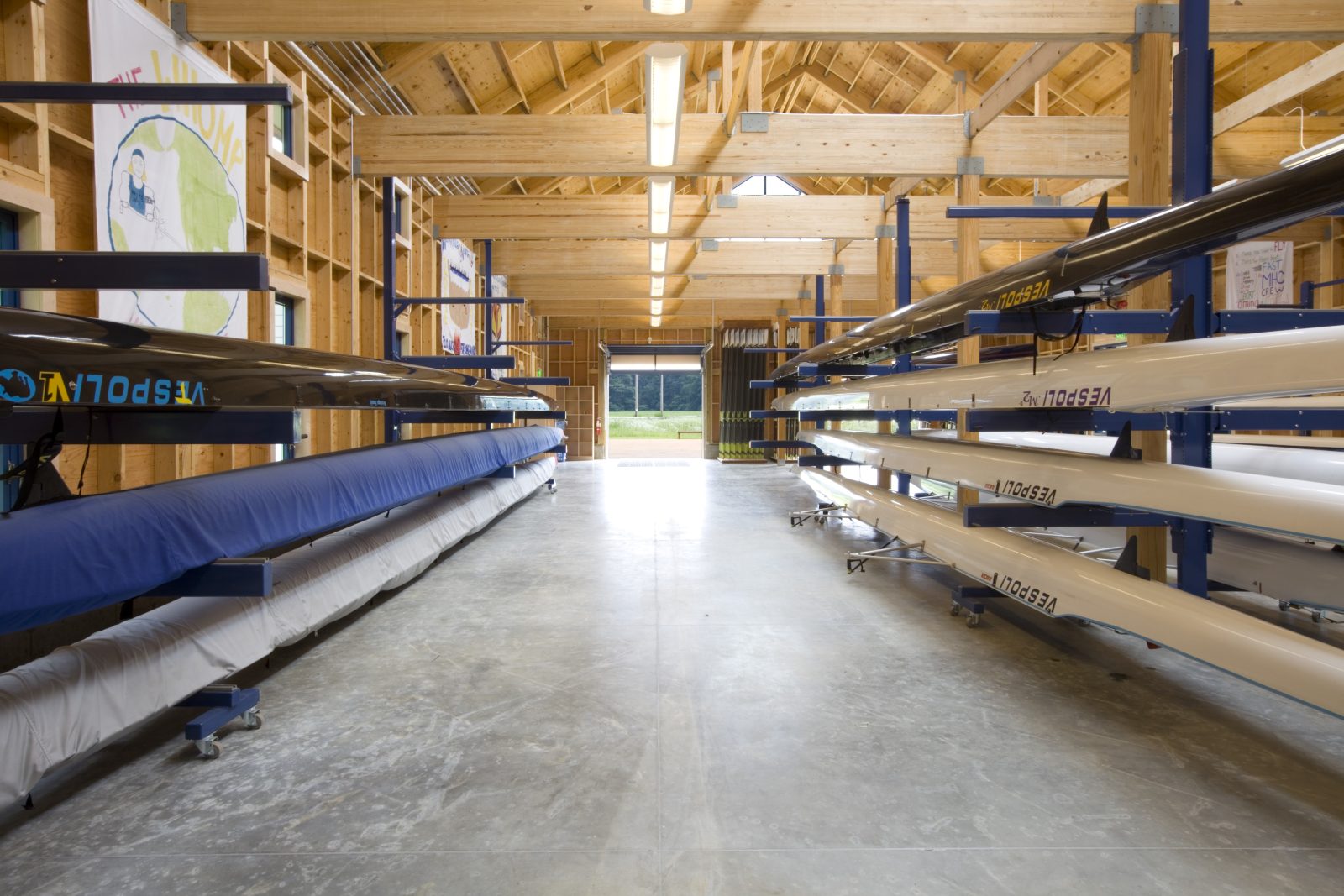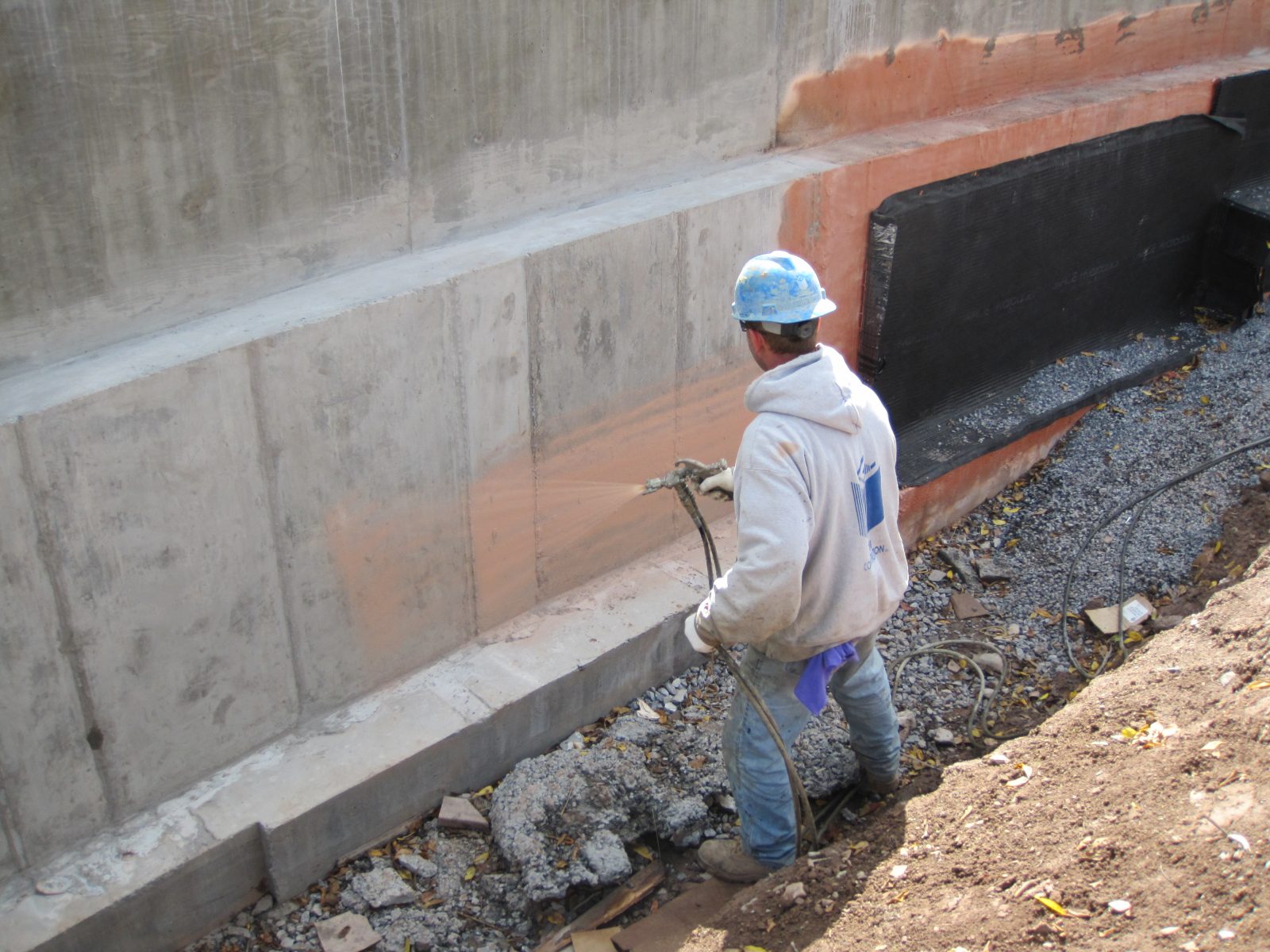Designing for Flooding and Sea Level Rise

Building in coastal and flood-prone areas continues to increase as cities and coastal regions expand, leaving more assets at risk to natural disasters. With flooding as the nation’s costliest natural disaster, it is important for facility owners, managers, and designers to understand flood risk and possible mitigation options.
Compounding this issue, forecasters expect more frequent and intense flooding events due to climate change and related sea level rise. Federal Emergency Management Agency (FEMA) flood maps now indicate flood hazard areas where none existed previously, subjecting many buildings to new design requirements.
Designing to improve performance and resiliency during a flood event is a multidisciplinary challenge that requires a “flood design champion” to oversee details and coordinate among project stakeholders. This point person is essential to help the design team navigate the latest building code requirements for flood protection and guide owners to understand the impacts related to sea level rise predictions.

Building owners and managers in flood-prone areas can implement programs to protect their assets by evaluating their risk and developing appropriate flood mitigation strategies.
FLOOD RISKS AND MITIGATION STRATEGIES
Coastal, riverine, and local surface flooding can pose significant threats to infrastructure, buildings, sites, and ongoing operations. Interpreting these risks and evaluating the provisions of local building codes, FEMA flood maps, and insurance providers can be complicated. By understanding existing and projected conditions, owners and facility managers can make informed decisions about mitigation options for new and existing structures.
Selecting sites that are not in flood hazard areas or raising structures above the flood elevation are the best strategies, but constrained urban sites often preclude these options for new projects and are unrealistic for existing buildings. Large infrastructure projects—such as levees and floodwalls that prevent floodwater from reaching a structure—are effective, but require FEMA accreditation and are not always practical or feasible for individual projects.
To address flood hazards in these cases, building codes provide requirements for either wet or dry floodproofing.
WET FLOODPROOFING
Wet floodproofing allows flood waters to enter a building or structure so that hydrostatic pressure does not act on building components. These systems use flood openings or vents to allow water to enter, and incorporate water-resistant building materials that can withstand flood loads and allow for cleanup. Building codes limit these methods to areas used for parking, building access, or storage, or for structures such as boathouses that must be near water.

DRY FLOODPROOFING
Dry floodproofing involves a combination of waterproofing to resist floodwater and groundwater and strengthening a structure to support flood loads. This method requires careful detailing and coordination of utilities, drainage systems, mechanical and electrical equipment, doorways and openings, and emergency response.
Properly designed and constructed waterproofing prevents floodwater and groundwater from entering structures. To stop surface and near-surface water, below-grade waterproofing must extend above grade and integrate with above-grade wall waterproofing. Waterproofing must be substantially impermeable during flood events (or be capable of limiting leakage until flood waters recede), and should consider building operations, appearance, and exposure to harsh environments.

PREPARING FOR THE FUTURE
Sea levels have risen steadily for the last century and climate change will likely accelerate this process, leading to increased flood risks. Building codes do not yet address anticipated sea level rise, but it is important to consider these effects on current and future building projects. Designers in flood-prone areas can incorporate strategies to address sea level rise, such as planning renovations to accommodate increased flood risk, incorporating design features that allow for future adaptation, or designing and constructing structures to higher flood elevations now.
Building owners and managers in flood-prone areas can implement programs to protect their assets by evaluating their risk and developing appropriate flood mitigation strategies.